Water-saving irrigation model in ginger cultivation combined with corn cultivation for high yield in Van Du commune.
The application of science and technology (S&T) in agricultural production is no longer new, but in the context of climate change, market competition and increasingly high requirements for agricultural product quality, considering S&T as the central driving force to promote agricultural restructuring has become an inevitable trend. In recent times, the Provincial Party Committee, People's Council and People's Committee have issued many major policies to promote agricultural development in a modern direction. Notably, the resolution on restructuring the agricultural sector, the Agricultural Development Program and New Rural Development for the period 2021-2025, with a vision to 2030, clearly identified: The application of S&T is a breakthrough to increase production value, quality of agricultural products and income for farmers. From that strategic orientation, the province has invested heavily in advanced production models, linking scientific application with production practices. The results achieved in recent times have partly affirmed the correctness of this direction.
First of all, the province has focused on selecting and creating high-yielding plant and animal varieties suitable for local climate and soil conditions; testing, recognizing and putting into production dozens of plant, aquatic and forestry varieties and technical advances. Among them, many new varieties have outstanding productivity, good disease resistance, adaptability to climate change, contributing to improving production efficiency. Along with that, many programs applying science to soil improvement, environmental treatment, developing organic farming and ecological agriculture have been implemented. Models using native microorganisms to improve acidic and infertile soil; models of processing agricultural by-products into organic fertilizer; water-saving irrigation systems for hilly areas... are being replicated in mountainous communes.
One of the highlights is the strong development of the high-tech livestock industry. According to statistics, the whole province currently has over 70 enterprises operating in the field of large-scale livestock with more than 1,000 pig, chicken and cow farms, with a total herd of millions of animals. Many large foreign-invested enterprises such as CP, CJ, Japfa, Mavin, Dabaco... have formed a livestock chain in the form of processing, bringing high efficiency to farmers when participating in the chain such as: CP Company (linking 92 pig farms, 42 poultry farms); CJ Company (18 pig farms); Japfa Vietnam Company (4 pig farms, 125 poultry farms); Mavin Company (4 pig farms); Golden (45 poultry farms); Green Chicken (18 poultry farms); Phu Gia Company (20 poultry farms, 3 pig farms)... The companies have invested in large-scale, closed farms, combining waste treatment systems, cold barns, feed automation, traceability, ensuring export standards.
In addition to the livestock industry, high-tech farming has also recorded many positive changes. Models of net houses, membrane houses, drip irrigation, humidity sensors... have been deployed in the communes and wards of Trieu Son, Thieu Hoa, Dong Son, helping people reduce production costs, save water, and increase crop productivity by 20-30%. Not only producing vegetables, many localities have also promoted the development of raw material areas for cassava, sugarcane, and fruit trees according to export standards.
However, in addition to the achieved results, the application of science and technology in agricultural production in Thanh Hoa still faces many barriers. In fact, the scale of application in households is still small, lacking regional connectivity and synchronization. Many technical advances, although successfully researched, have not yet been applied in practice due to the lack of transfer mechanisms and lack of grassroots technical support teams. On the other hand, the level of access to technology of a part of farmers is still limited, making it difficult to operate machinery and equipment.
High-tech shrimp farming in Ngoc Son ward.
In order for strategic orientations to not only stop at resolutions but actually enter production life, relevant departments and branches are gradually perfecting the ecosystem for applying science and technology in agriculture. The focus is on building a favorable environment in terms of policies, resources and connections, to help farmers and businesses easily access, apply and promote the effectiveness of technical advances.
First of all, the province needs to focus on perfecting institutions and policies, with special attention paid to issuing a mechanism for "ordering" research linked to production practices. This not only helps scientific topics meet practical needs but also creates motivation for innovation in institutes, schools and research centers. Along with that are policies to support credit, land, taxes... to encourage the development of high-tech agricultural models. Along with that, actively promote links between enterprises - cooperatives - farmers through the formation of closed value chains from seed supply, production, processing to product consumption. These links not only help stabilize output but also ensure quality and uniform standards for agricultural products.
Along with the above efforts, the planning and development of concentrated production areas are also identified as a breakthrough. Large raw material areas are being prioritized by the province for synchronous investment in technical infrastructure, transportation, irrigation, information... creating favorable conditions for enterprises to invest long-term, and farmers to produce on a large scale, meeting standards and more sustainably.
Modern agriculture is not only an innovation in the way of doing things, but also a transformation in the thinking of farmers. When technology is no longer strange, when farmers are trained, approached, and applied systematically, agriculture will truly become a sustainable and profitable economic sector. And then, farmers will no longer be the ones behind the crops, but the ones leading the change.
Article and photos: Tran Hang
Source: https://baothanhhoa.vn/khi-cong-nghe-thanh-ban-dong-hanh-254533.htm


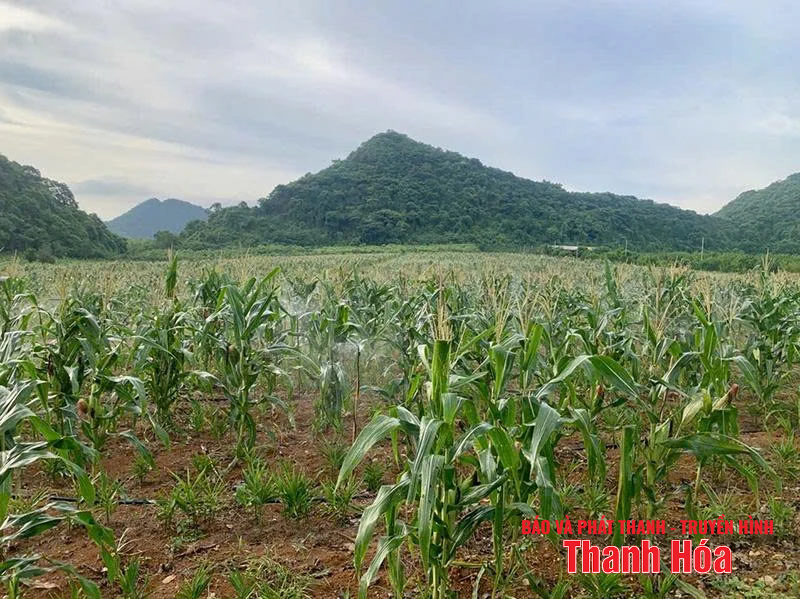
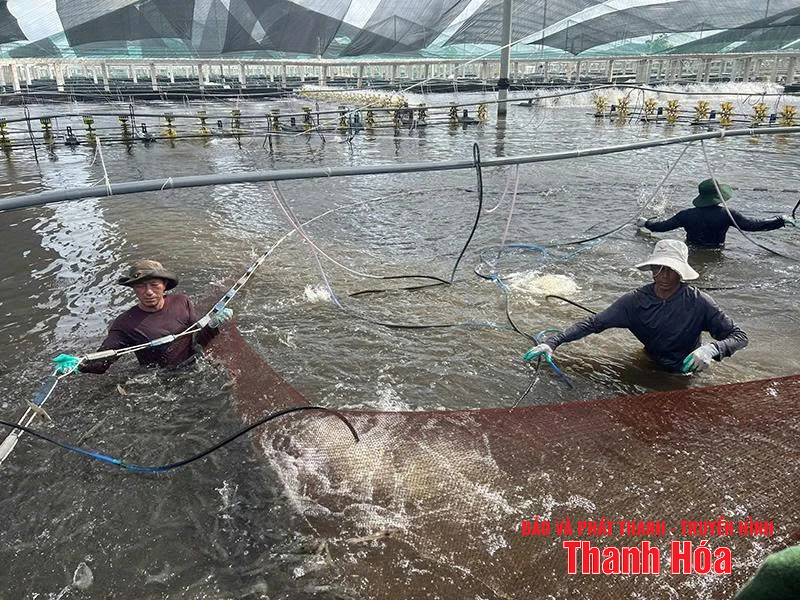




![[Photo] Prime Minister Pham Minh Chinh receives President of Cuba's Latin American News Agency](/_next/image?url=https%3A%2F%2Fvphoto.vietnam.vn%2Fthumb%2F1200x675%2Fvietnam%2Fresource%2FIMAGE%2F2025%2F12%2F01%2F1764569497815_dsc-2890-jpg.webp&w=3840&q=75)
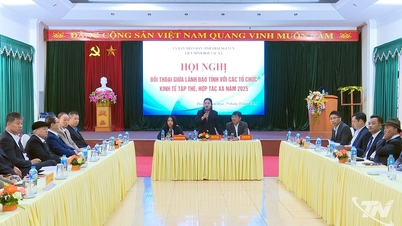

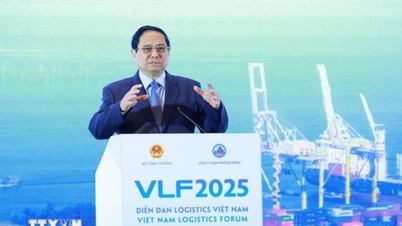

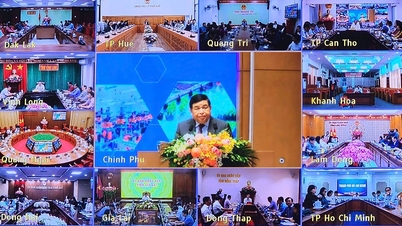

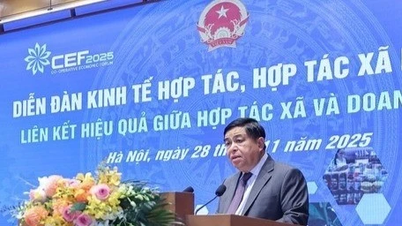

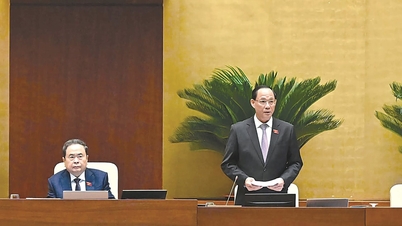

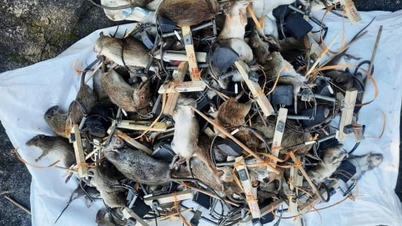

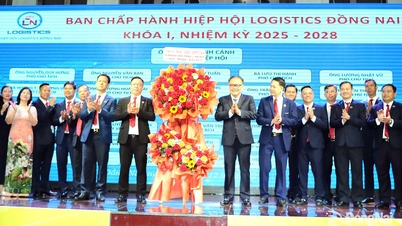

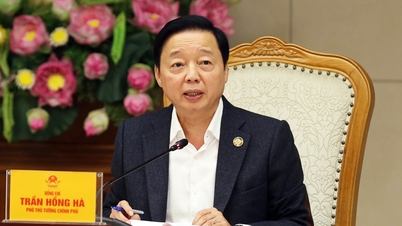

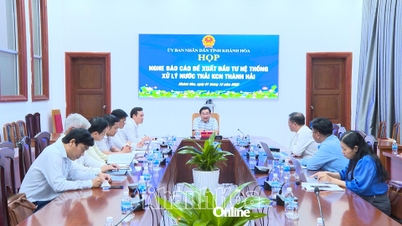

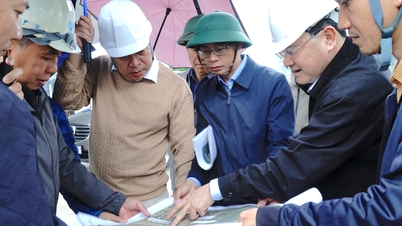
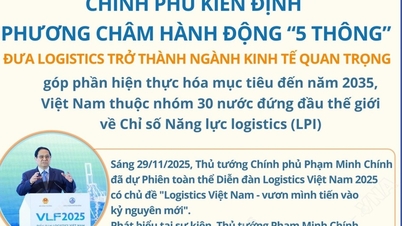






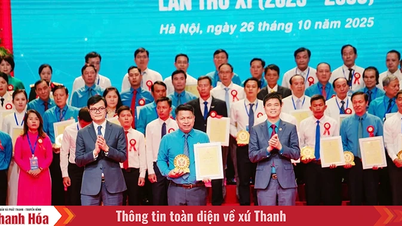
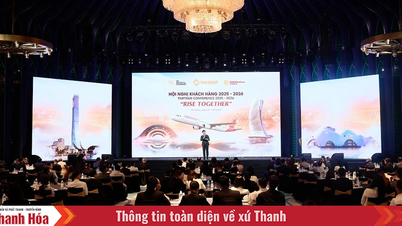
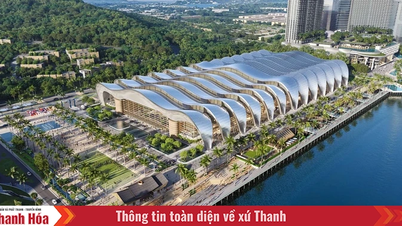
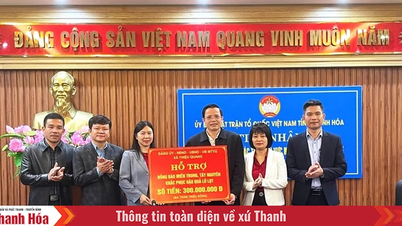
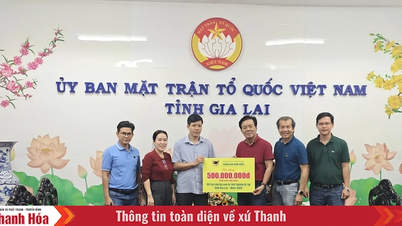
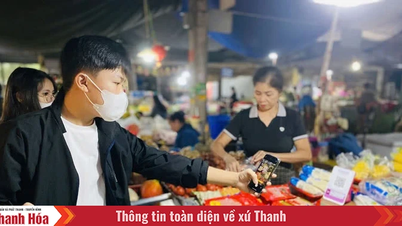








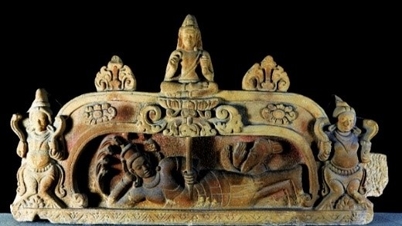
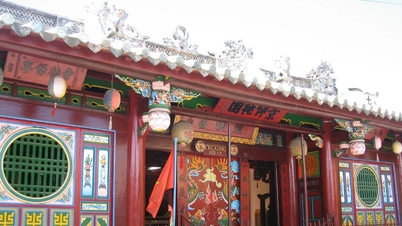


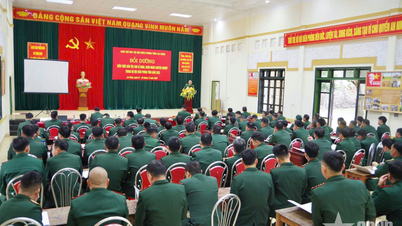



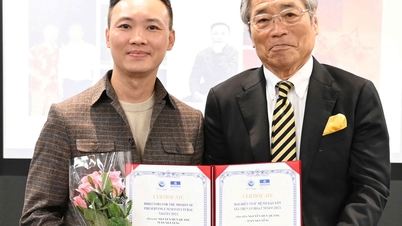









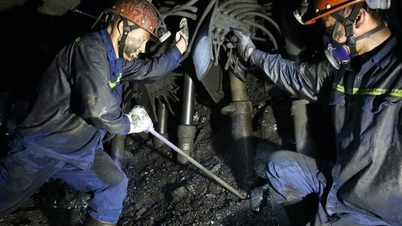


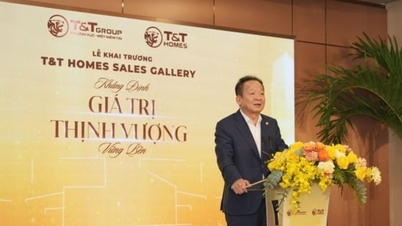









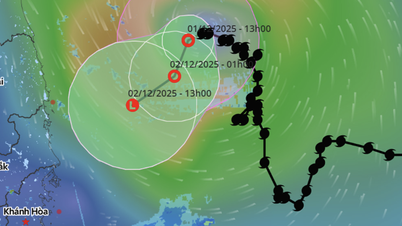
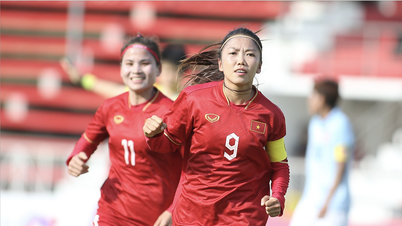





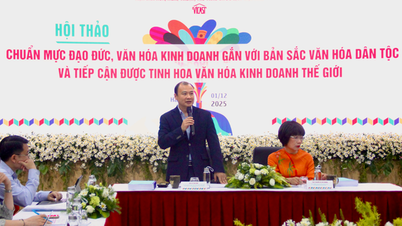
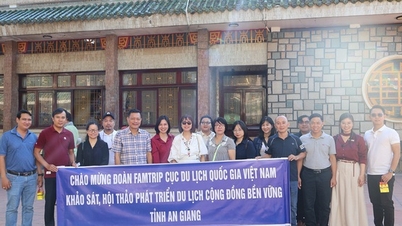
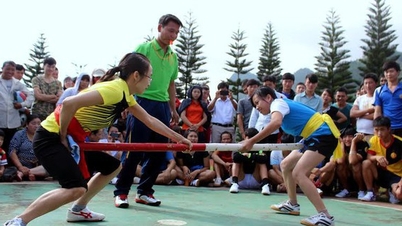
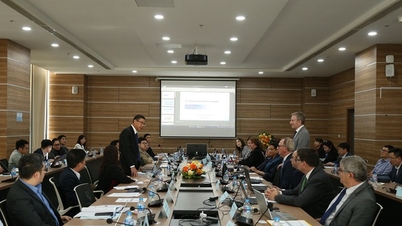

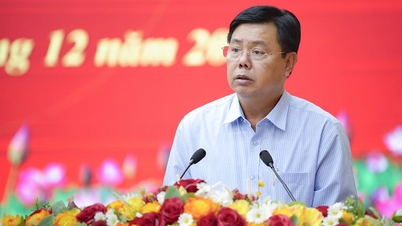




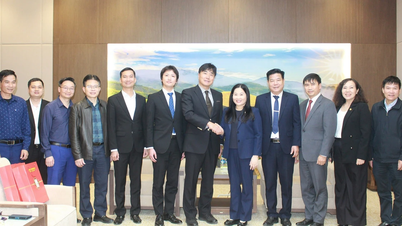












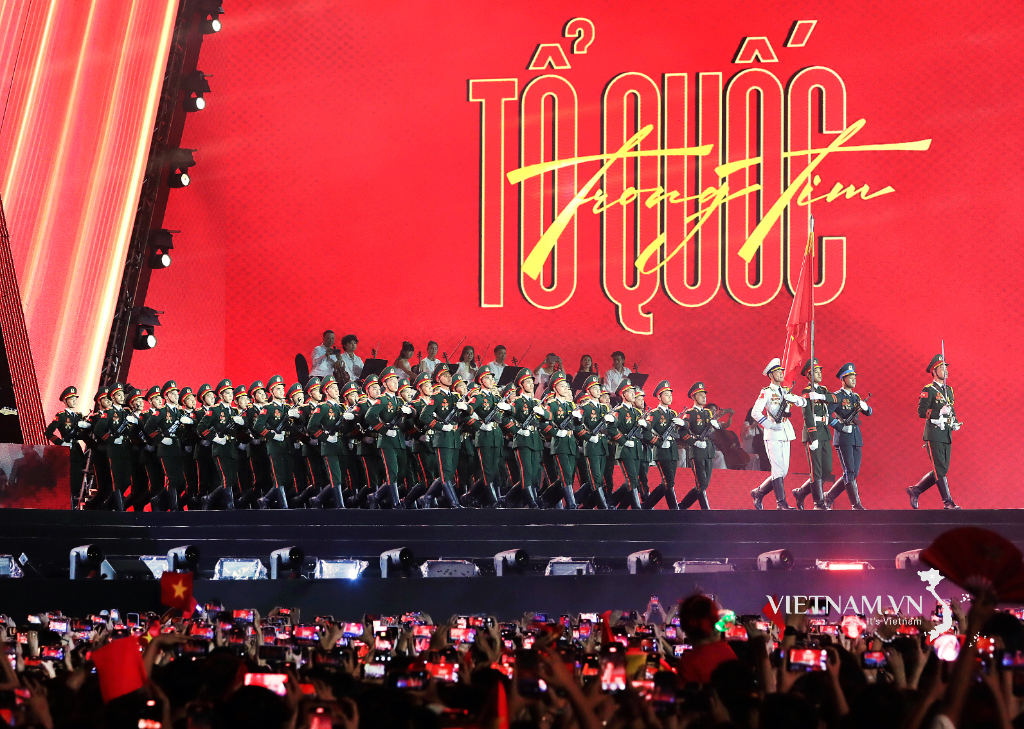
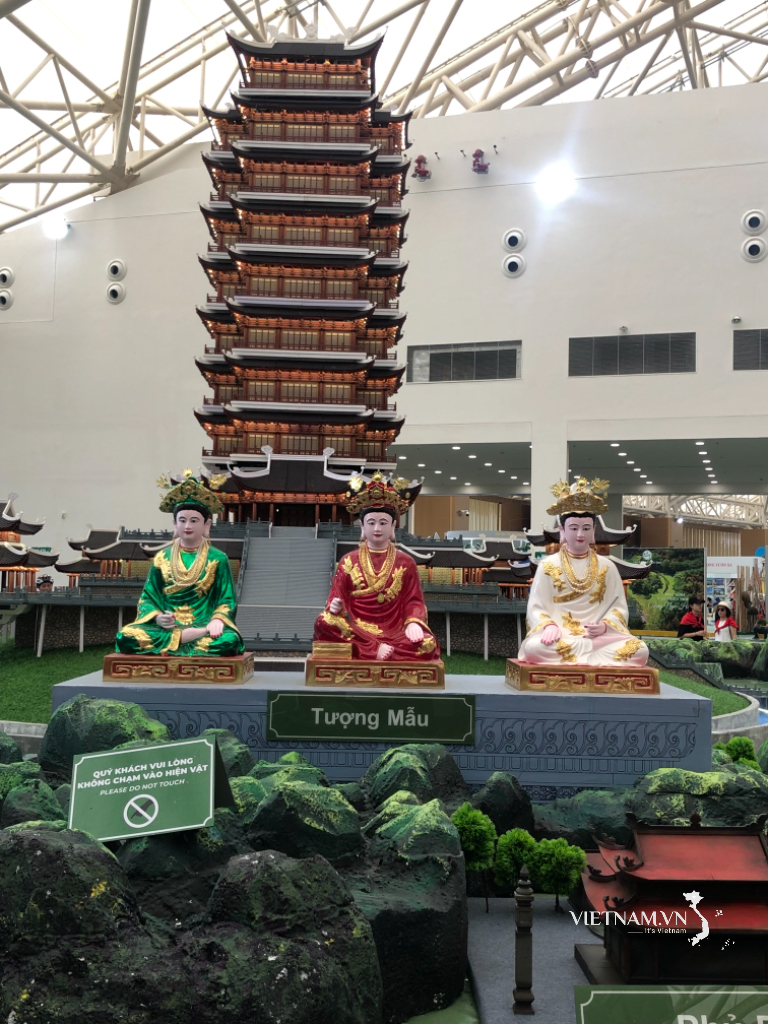
Comment (0)